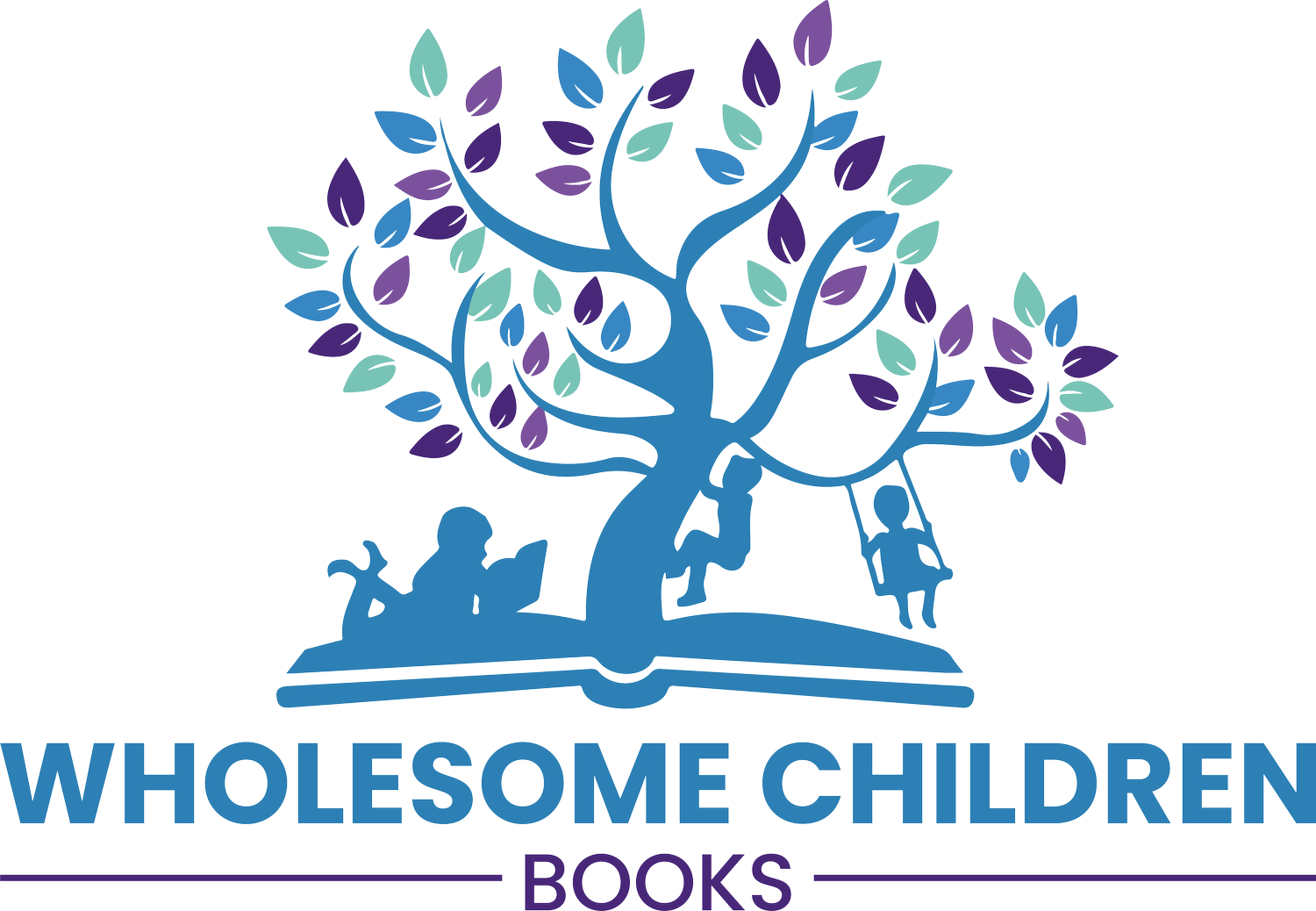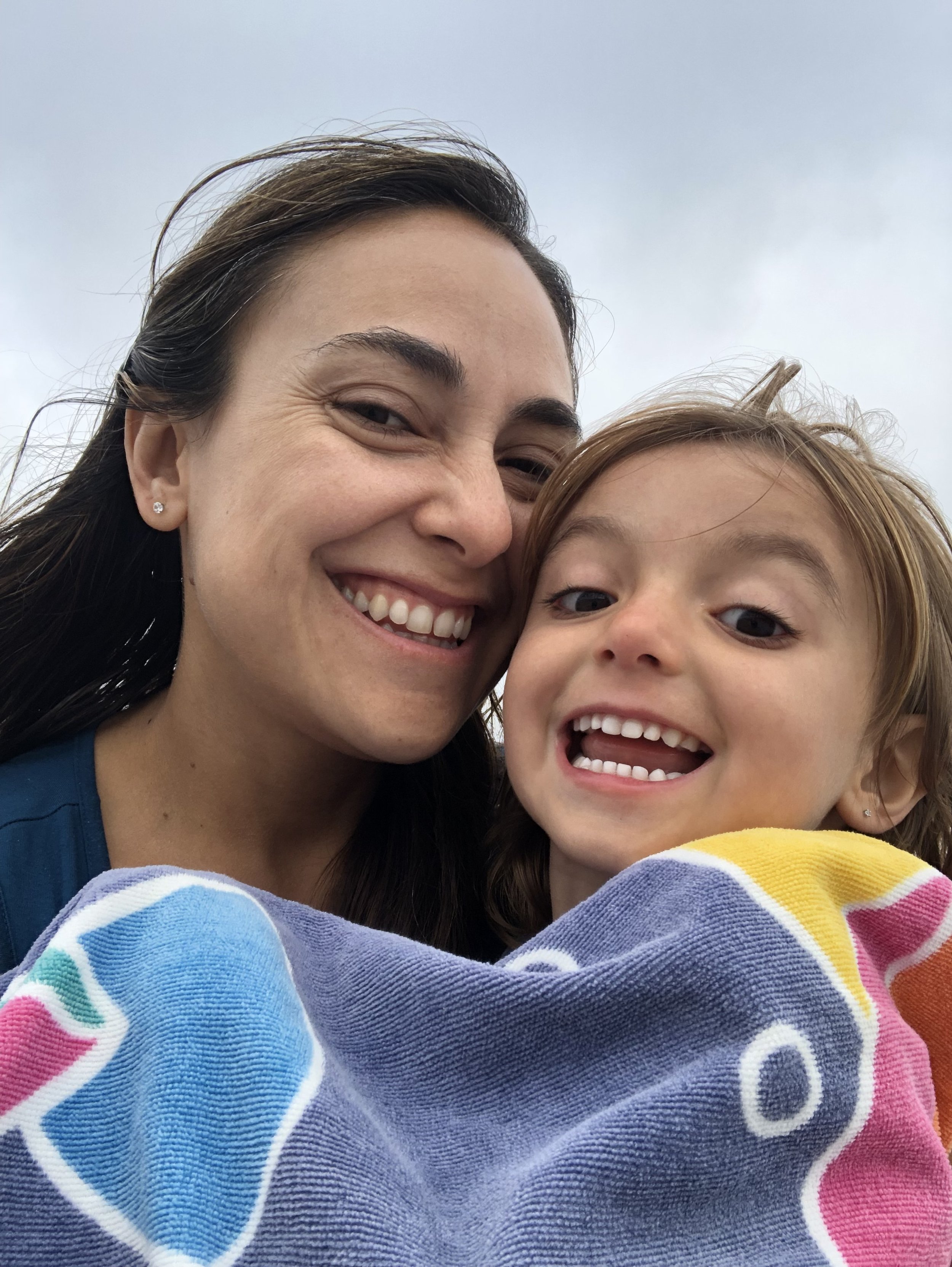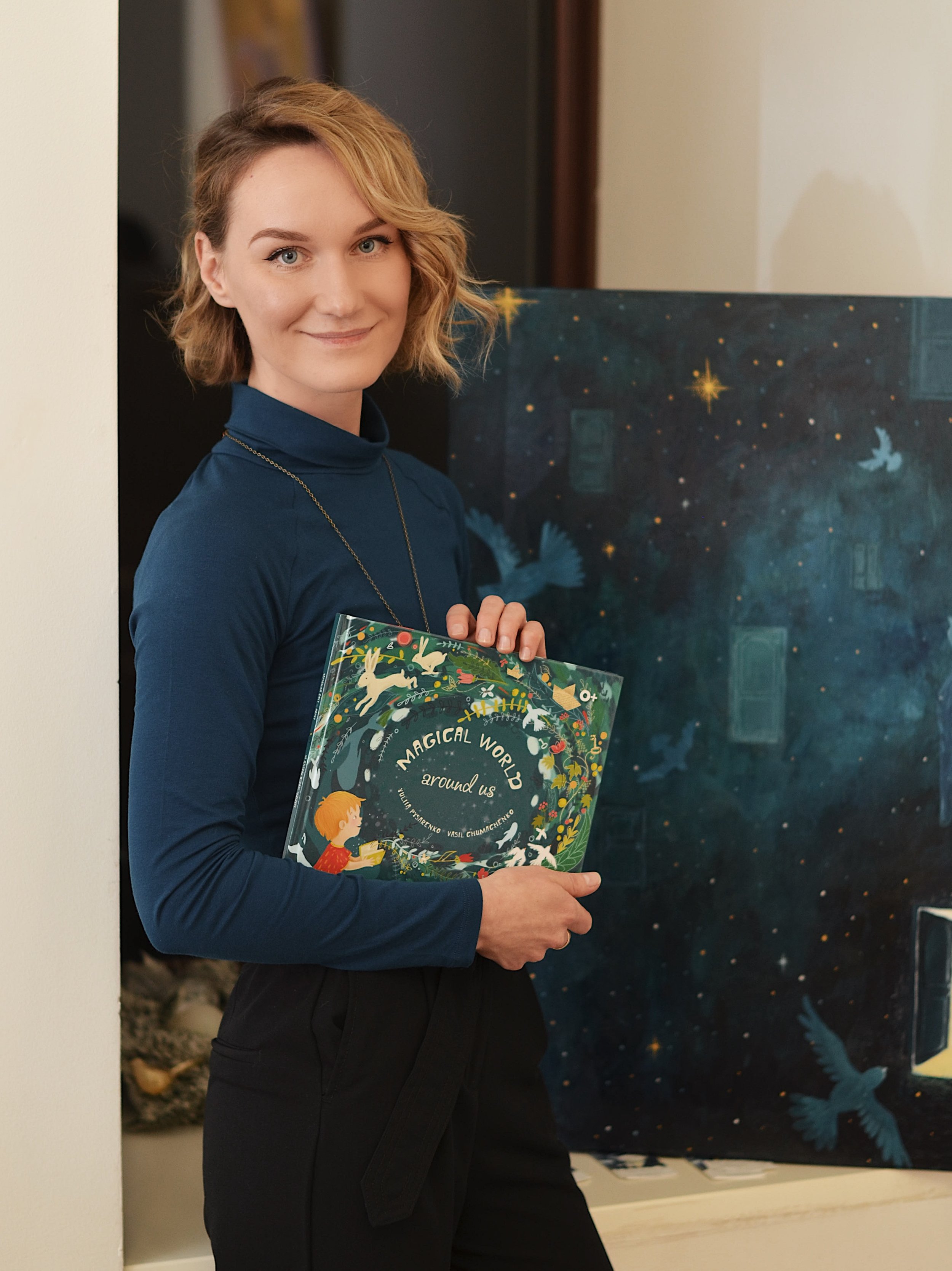About The Author
I am a mother, a behavioral scientist, a teacher, an advocate, and a story-teller.
I was born and raised in Ecuador and moved to the United States at 18 to attend college at Connecticut College. After working as a television producer and middle school teacher, I returned to school to earn a master's degree in Public Health from Claremont Graduate University and a doctoral degree in Public Health (Health Behavior) from UC San Diego and San Diego State University. I completed my postdoctoral training at Stanford University and currently serve as an Assistant Professor at the Brown University School of Public Health.
My love for writing and storytelling led me to create Wholesome Children Books. As a mother, I found it challenging to explain difficult topics to my daughter, and storytelling became an effective way for me to communicate these ideas.
Motherhood also allowed me to experience love and nurturing on a new level, which has led me to explore topics such as love, compassion, connection and authenticity in my children's books.
Through Wholesome Children Books, I aim to share lessons learned and different resources that have been useful to me.
About the Illustrator
Rita Nilson is a mother to two boys, a Ukrainian artist and illustrator, and a children's art teacher. Her unique perspective allows her to perceive miracles in the simplest of things, whether it be a sprouted apricot seed, a bird's nest discovered alongside her children in a hollow tree, or a delectable breakfast enjoyed to the backdrop of wonderful music. Through these seemingly insignificant moments, Rita nurtures a profound love and appreciation for God's creation, which is manifested in nature and other people.
How It All Started - The Love Tank
Three-year-old Olivia walked into the room while I was crying. She asked why, and I struggled to find the right words. I wanted to explain the tragic news of a school shooting, but I knew she was too young.
So, I shared the idea of a "love tank," which helps us understand that, while there are no good or bad people in this world, sometimes people do bad things and hurt others because they don't have enough love in their own lives (their love tank is empty).
I explained that I always hug her, kiss her, and tell her that I love her because I want her love tank to be full, so she can treat others with kindness and compassion. And I explained that by spreading kindness, we can help fill other people's love tanks, too.
Psychologists often use the concept of an emotional or love tank to explain whether our emotional needs are being fulfilled. Drs. Gary Chapman and Ross Campbell, for example, introduce the idea of an emotional tank or love tank in the book "The 5 Love Languages of Children: The Secret to Loving Children Effectively." This idea of a love tank can be used to help children to easily understand the importance of love and connection.
About The Wholesome Children: Self Awareness Series
How can we help our children to understand the value of love, kindness, empathy, compassion, authenticity, gratitude, and connection?
The Wholesome Children: Self-Awareness Series explains these concepts by guiding children to play make-believe and imagine.
Stay tuned for upcoming books in the Wholesome Children book series:
- The Love Tank - Imagining that each of us has our own love tank, this book explains the importance of giving and receiving love, the reasons why people sometimes behave hurtfully, and how we can respond with kindness and compassion.
- The Gratitude Goggles - Pretending to wear our gratitude goggles, we are able to understand gratitude as an antidote for consumerism, dissatisfaction, and even depression.
- The Puzzle Piece - If we are each a unique puzzle piece in the giant puzzle of the world, we can understand why it is important to be authentic and stay true to ourselves.
- Pool Floaties - Comparing ourselves to pool floaties, we can understand the interconnectedness of humanity and our world.
- The Steering Wheel - Imagining that we have a motor and a steering wheel in our bodies, we learn that we need to hold onto our loving and compassionate side for direction in life.
Beginning with The Love Tank, this book series uses stories and metaphors to communicate valuable messages and lessons that children can understand and learn from.
Many messages conveyed in these books are inspired by various adult books and resources that I have found helpful on my parenting journey. These resources will be shared in our Blog. We also offer crafting ideas that foster a stronger bond and connection between parents and children, such as creating a Love Tank or Gratitude Goggles together. These activities encourage collaborative work and provide an excellent opportunity for parents and children to spend quality time together.





